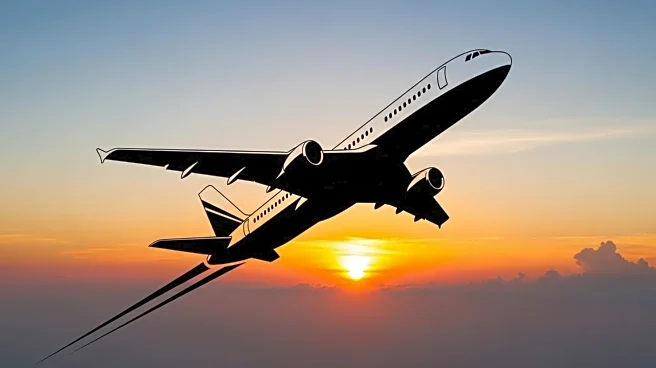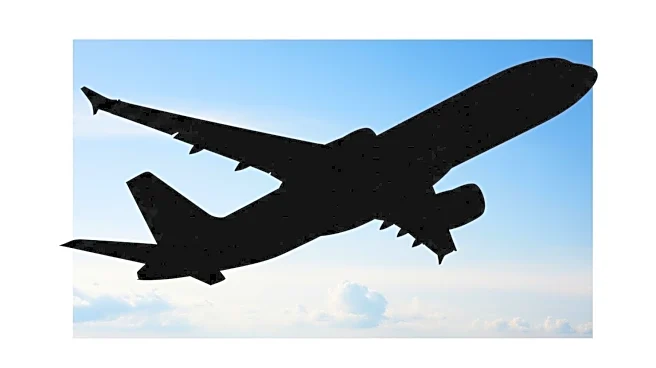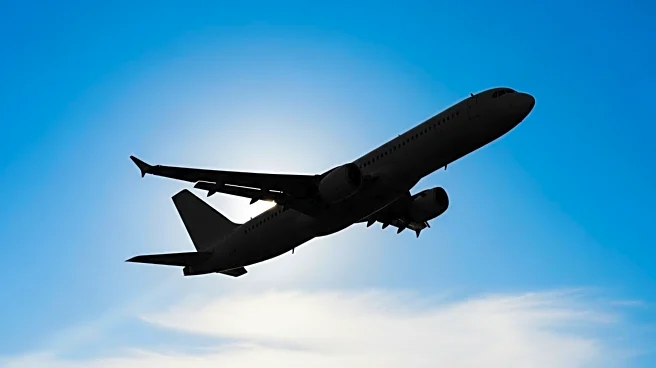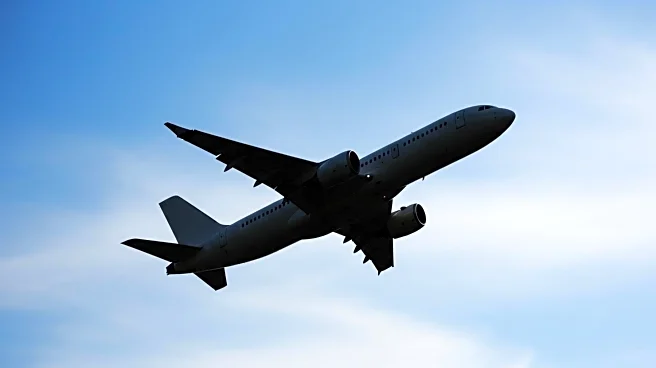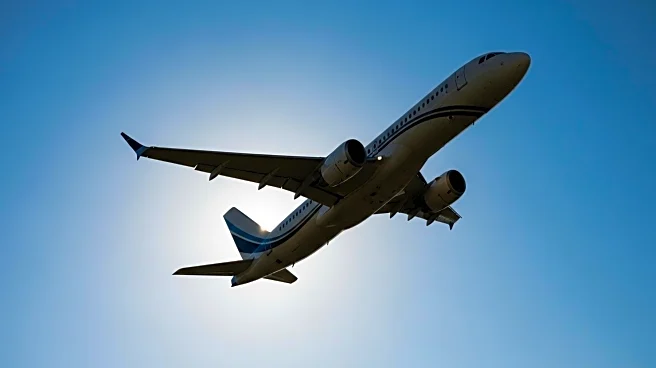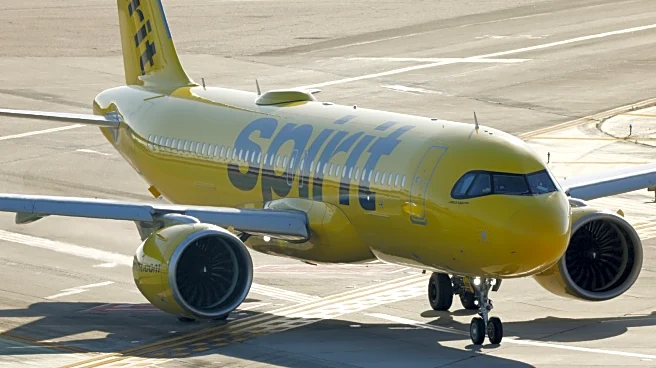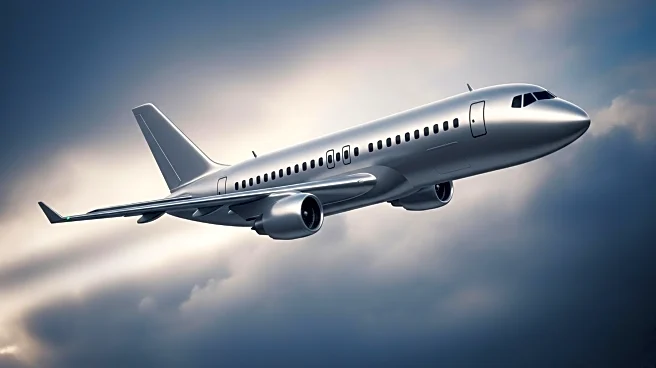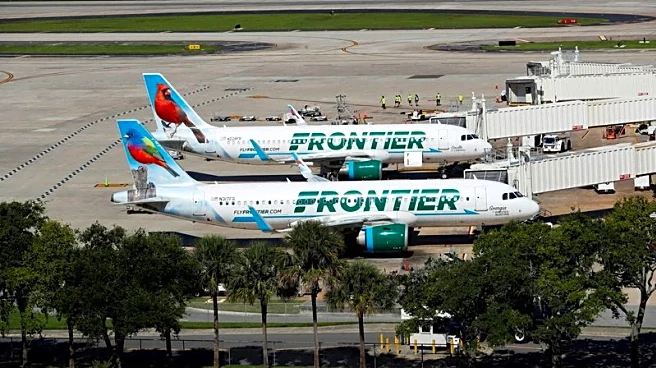What's Happening?
Spirit Airlines has filed for bankruptcy protection once more, following its previous Chapter 11 reorganization. Despite the financial turmoil, the airline plans to maintain its flight operations, allowing passengers to book trips and use their tickets, credits, and loyalty points. The airline has faced significant challenges since the COVID-19 pandemic, including rising operational costs and mounting debt. Spirit Aviation Holdings, the parent company, expressed doubts about its ability to remain in business over the next year due to adverse market conditions and poor demand for domestic leisure travel. The airline carries $2.4 billion in long-term debt and reported a negative free cash flow of $1 billion at the end of the second quarter.
Why It's Important?
The bankruptcy filing highlights the ongoing struggles of budget airlines in the current market, as they face pressure from larger carriers offering low-cost options. Spirit's financial difficulties could impact its ability to compete and maintain its market share. The airline's efforts to tap into upscale travel markets with tiered pricing may not be enough to offset the challenges posed by its debt and operational costs. The situation underscores the broader challenges faced by the airline industry in adapting to post-pandemic travel patterns and economic conditions.
What's Next?
Spirit Airlines plans to continue its cost-cutting measures, including furloughing pilots and downgrading captains, to align with expected flight volumes in 2026. The company is also considering selling aircraft and real estate to raise cash. The airline's future remains uncertain, with potential buyout attempts from rivals like JetBlue and Frontier having failed previously. Stakeholders, including employees and passengers, will be closely monitoring the airline's restructuring efforts and its ability to navigate the financial challenges ahead.


